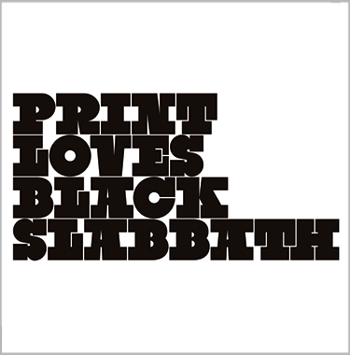By Steve Rhodes
In a piece called “The Mystery of Violence,” the Economist writes about Chicago’s latest efforts to restrain what is essentially gang crime:
“April’s violence has inspired new plans, some more helpful than others. The ineffectual governor of Illinois, Rod Blagojevich, announced on May 6th a $150m scheme for which there is no $150m. Chicago’s police chief intends to make residents feel safer by sending out SWAT teams in full battle gear. More promisingly, Mr Daley wants to keep pools and parks open late and offer more teenagers summer jobs. This will help keep more children busy and out of harm. But it will have little effect on the most violent.”
Aside from noting how our governor is apparently an international laughingstock, the question remains: What will effect violence?
“Chicago’s leaders must use many tools to fight violence,” the magazine says. “One is right under their noses.”
That would be Project Safe Neighborhoods, a federally-funded program under the auspices here of U.S. attorney Patrick Fitzgerald that combines “tough gun policing, federal prosecutions and – most important, or so researchers found – meetings with former felons to deter them from returning to crime.”
PSN has been “lost in the cacophony,” the Economist says.
Part of that cacophony includes calls to return state funding to CeaseFire, which is similar to PSN in one aspect: it uses personal meetings between aggrieved gangbangers to tamp down the cycles of vengeance that so often results in innocent parties getting killed by stray bullets.
Alex Kotlowitz wrote a cover story in the New York Times Magazine a couple weeks ago exploring CeaseFire in Chicago.
A state audit of CeaseFire, however, was fairly devastating, as Tracy Jake Siska of Chicago Justice recounts in the first of a three-part series on the program and the media’s coverage of it.
Having had several discussions with Siska – a friend – about CeaseFire, I can tell you that his work will help complete the picture.
Born a Rebel
The New Yorker’s excellent profile of famed Mississippi lawyer Dickie Scruggs – the guy who “brought down Big Tobacco” but now faces his own legal problems – is also a depiction of Mississippi’s incestuous, good ole boy legal community.
For example:
“Scruggs and his classmates at Ole Miss Law benefitted from a custom called ‘diploma privilege,’ under which the school’s graduates were admitted to the Mississippi bar without having to pass the state exam.”
Talk about white privilege.
“This practice (which ended in the nineteen-eighties) heightened the striking insularity of the Mississippi bar, a community of lawyers who mostly know one another, often because they were vetted by the same contracts professor during first-year law at Ole Miss. Seven of the nine justices on Mississippi’s Supreme Court attended Ole Miss Law School, as did Governor Haley Barbour and both of the state’s U.S. senators.”
And Scruggs’s brother-in-law is Trent Lott.
The Heaviest Typeface in the World
From Print magazine:

Depression
The final print issue of No Depression has arrived. Buddy Miller is on the cover as the magazine’s artist of the decade.
The good news is that the magazine’s proprietors plan to maintain and expand their web presence – a move long overdue that might have saved the print version, IMHO.
One of the beauties of No Depression is that it’s one of the few magazines I read in which I actually love looking at the ads; when the ads look really cool and they’re about bands, concerts, new records, and labels, well, what’s not to love?
There’s a lesson or two in there somewhere.
Anyway, it’s a nice, thick (144 pages) going-away with features on Billy Bragg, Old 97’s, Pinetop Perkins, Blue Mountain, James McMurtry and others, including the aforementioned Miller.
Noted
* The media’s love affair with abstinence made the Chicago Tribune Magazine’s cover not long after hitting the New York Times’s Sunday Magazine’s cover.
Next: Remembering when we dressed up for air travel, and whatever happened to manners?
* “The World Bank recently announced that thirty-three countries are confronting food crises, as the prices of various staples have soared,” the New Yorker notes, while the Economist says “America’s food retailers should wage a tougher war on waste.”
* “What sports are doing to young women is not pretty,” says The New York Times Magazine. But Fairer Science has a different view.
Posted on May 22, 2008


